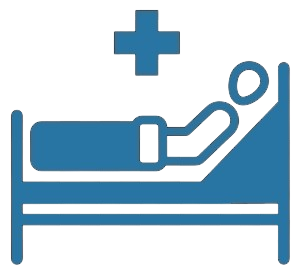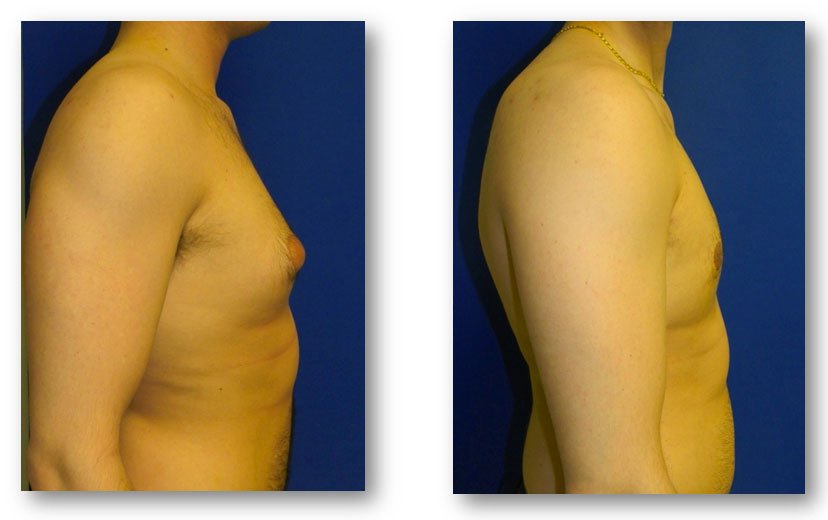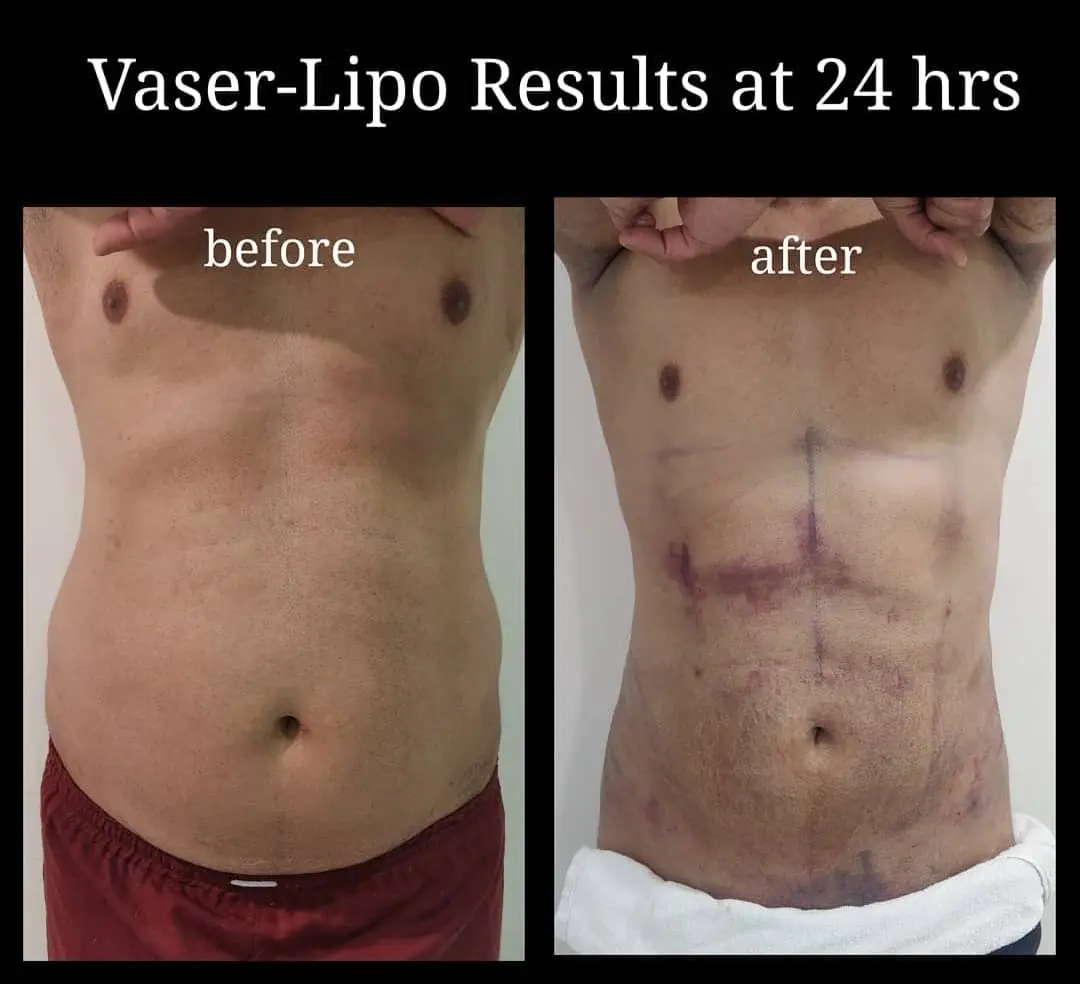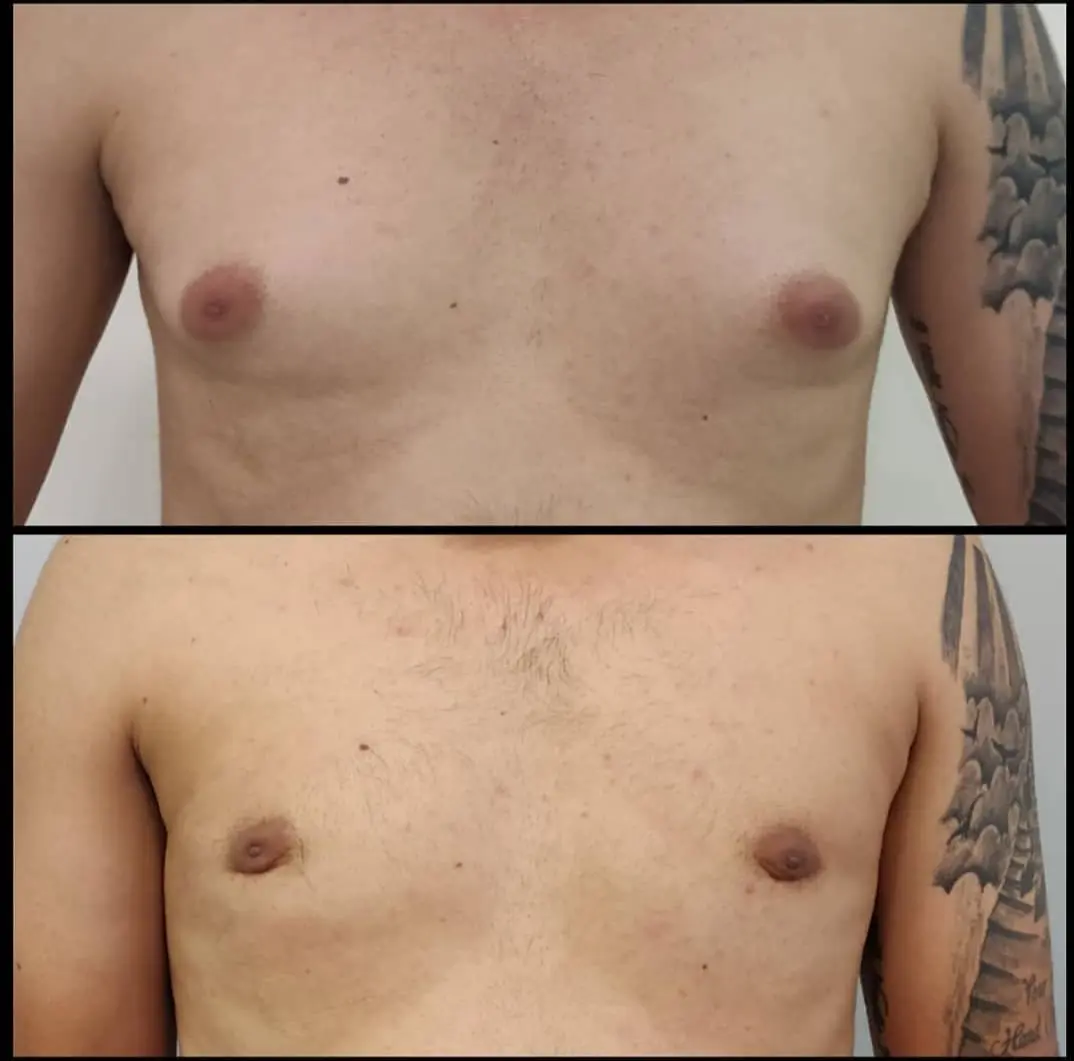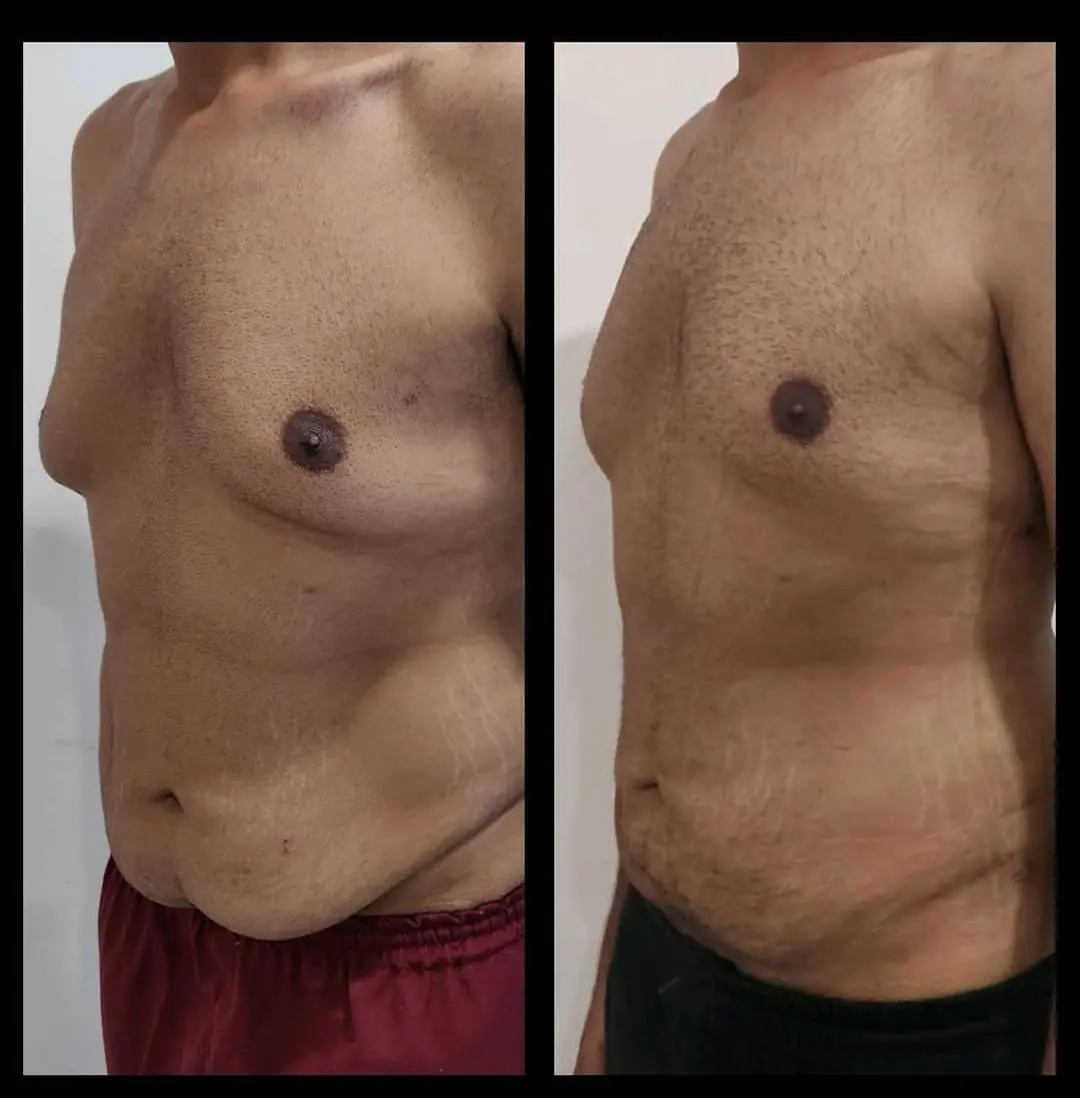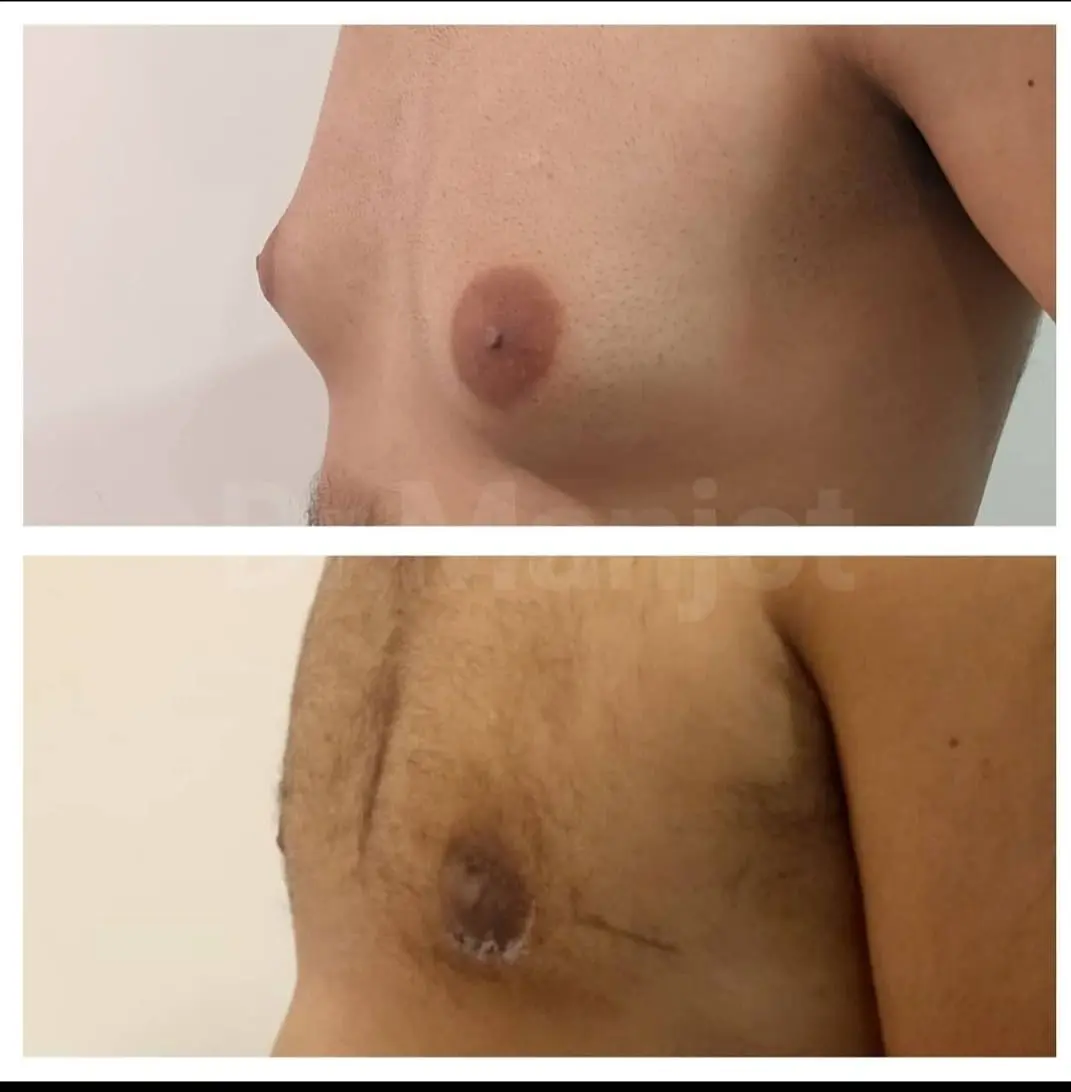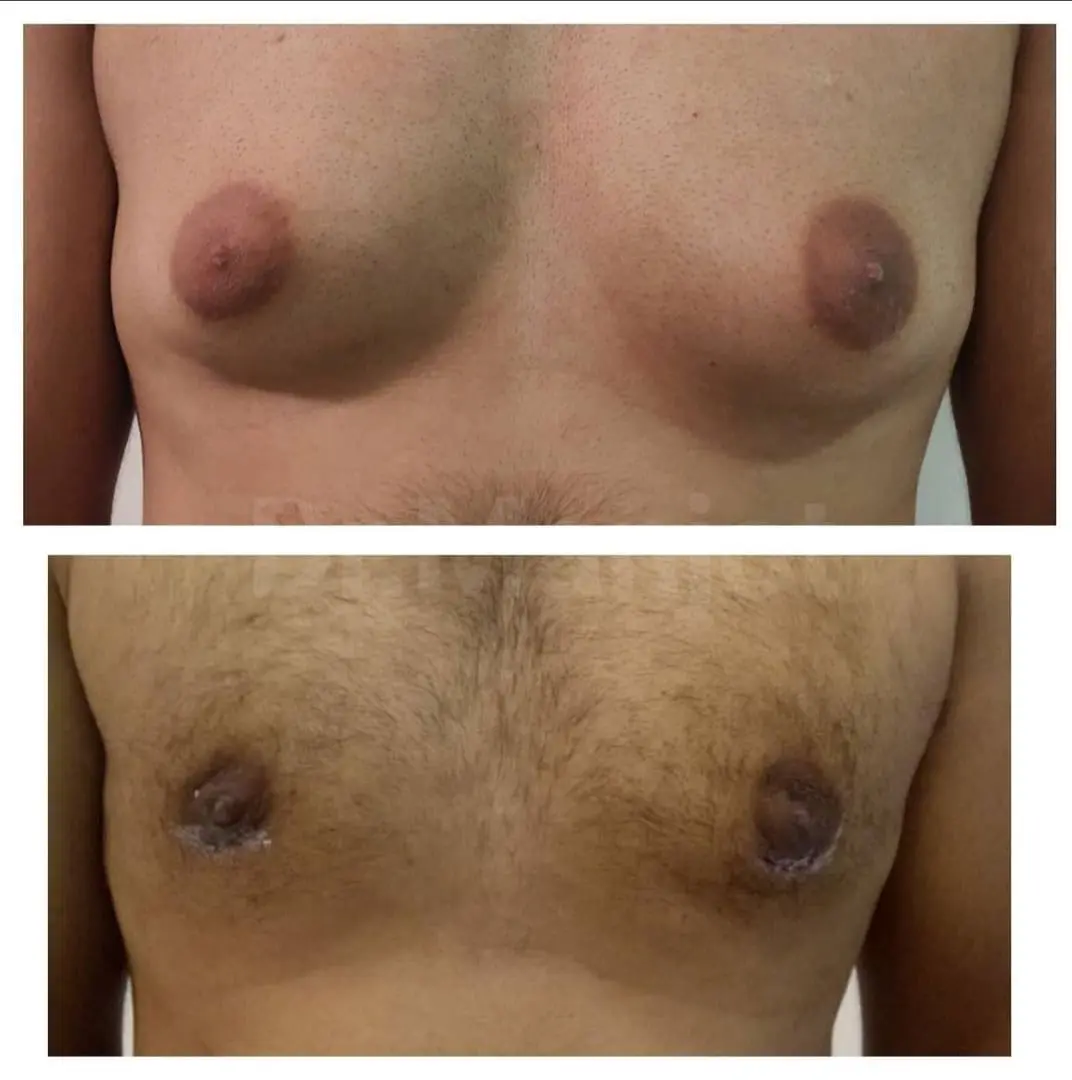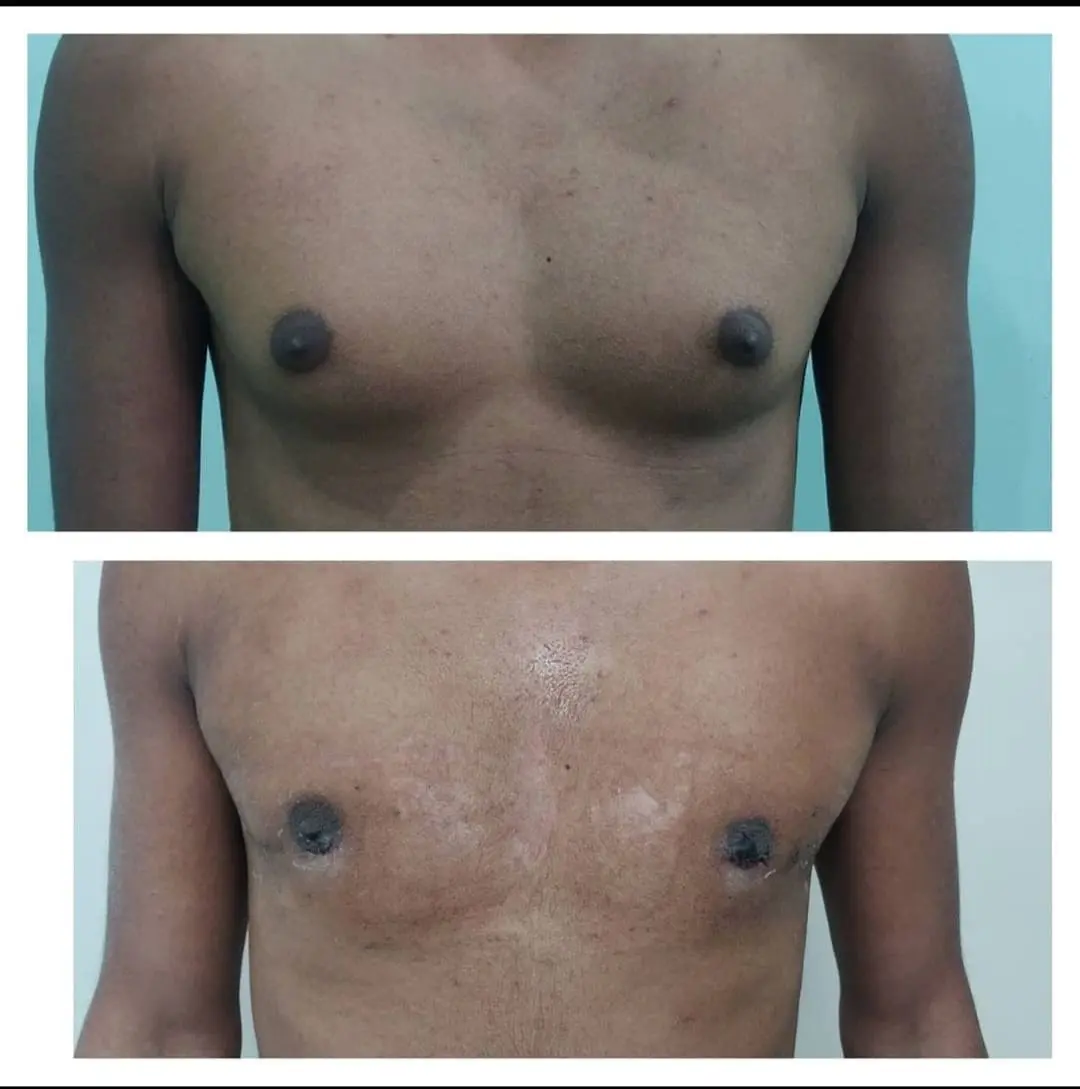Contact Us
Have questions? Get in touch!
Phone
Address
H-2A, Green Park Ext Rd, Near Green Park Gurudwara, Block H, Green Park Extension, New Delhi 110016
Get in touch with us!
Results
Frequently Asked Questions
Gynecomastia is a condition characterized by the enlargement of breast tissue in males. It can occur due to hormonal imbalances, certain medications, or underlying health issues.
Diagnosis typically involves a physical examination by a doctor, medical history review, and sometimes additional tests such as blood tests, mammograms, or ultrasound to rule out other possible causes.
Treatment options may include medications to address hormonal imbalances, surgery (such as liposuction or mastectomy) to remove excess breast tissue, or a combination of both.
Recovery time can vary depending on the individual and the type of surgery performed. In general, most people can return to normal activities within a few days to a week but may need to avoid strenuous exercise for a few weeks.
Generally, gynecomastia surgery is considered safe when performed by a qualified and experienced surgeon. As with any surgery, there are potential risks and complications, which should be discussed with your healthcare provider.


